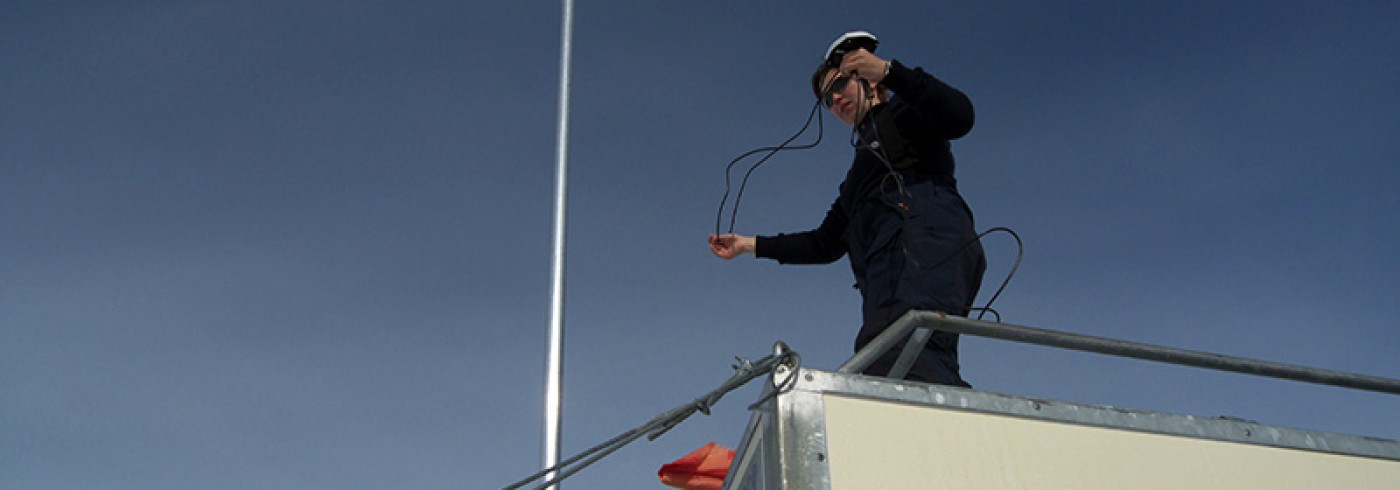MARA: Moveable Atmospheric Radar for Antarctica
29 November 2010 - 1 February 2011Do we really understand the global circulation in the upper 60–100 km of the atmosphere? Do small-scale processes cause significant mixing of air between different altitudes from the surface to an altitude of 15 km?
We must understand upper-atmospheric circulation to interpret observed long-term changes and improve predictions. Vertical mixing of air in the lower atmosphere could, for example, lead to the spread of cloud condensation precursors to larger-than-expected areas, and to unexpected sources of trace gases in polar ice cores.
The phenomena we study are seen only at polar latitudes. The Swedish Wasa Research Station is located at a high geographic but low geomagnetic latitude (73°03’S, 13°25’W). This allows conditions at altitudes of up to 100 km to be studied with minimal interference from geomagnetic disturbances. At lower altitudes, conditions depend on the distance from the coast and on local topography. The studies conducted at Wasa in the 2010/11 season (near the coast, on a small, steep-sided nunatak) are being followed by measurements made under different conditions at other sites: at Troll, farther inland and near higher mountains, starting in November 2011, and at Maitri, in a flat landscape nearer the coast, starting in early 2014.
Our primary instrument was a 54 MHz radar, used to measure atmospheric structure, turbulence, and winds in the 1–15-km and 80–95-km altitude intervals. In addition, ozonesondes were carried by balloons to an altitude of 25 km.
Preliminary results confirm those of earlier seasons, i.e., that our current understanding of upper-atmospheric circulation has some major shortcomings. We were also able to collect our first direct sample of air transported from above 10 km to below 5 km, and to follow the structures responsible for this transport with the radar. Measurements made under a wider variety of conditions are planned for the future.
Several papers using measurements from 2010/11 and earlier seasons are in preparation. For digital data, contact Sheila Kirkwood.













